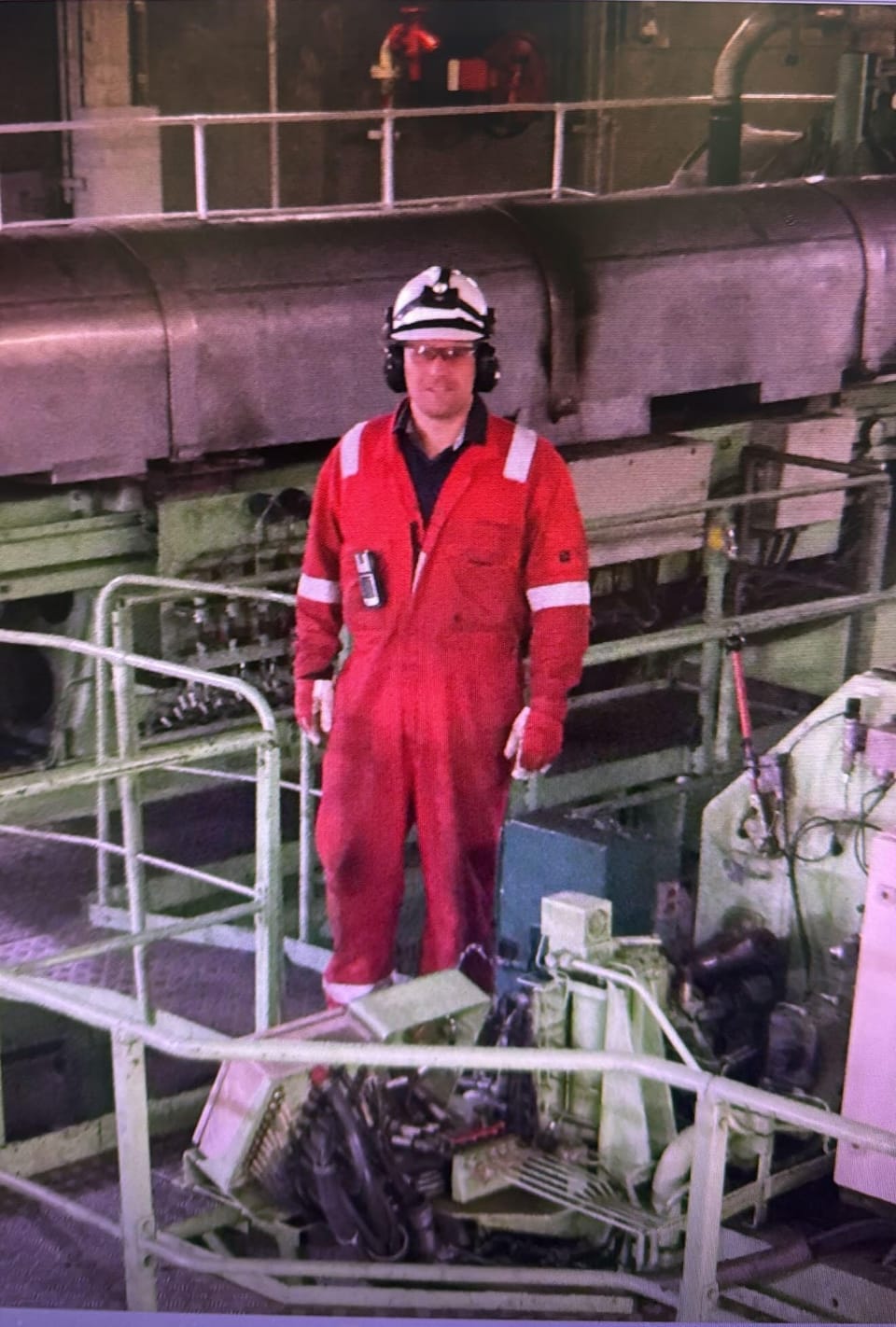Navigating Your First Health and Safety Role: Advice for New Advisors

Starting out as a health and safety advisor, especially as the sole representative, can be daunting. Many new to the role have completed NEBOSH and may understand safety legislation and risk assessments, yet they might find themselves unprepared for the unique, on-the-ground challenges of the job. Here, I'll share some insights from my own journey, having entered the field in 2012 with limited experience and quickly learning the value of continuous development and practical experience.
Facing the Reality of the Job
When I first became a Medic/Safety advisor, it wasn’t long before I found myself in the deep end. Despite my NEBOSH training, I lacked the hands-on experience needed for the day-to-day challenges. My first incident investigation turned into an intense learning experience—a quick and steep learning curve. It taught me that theoretical knowledge, while essential, is only part of the equation. Real growth happens when you're forced to apply that knowledge in complex, real-world situations.
Leveraging Frameworks: Going Beyond Minimum Standards
In my early days, I realized that simply meeting Health and Safety Executive (HSE) requirements wasn’t enough to foster a truly safe workplace. I decided to take additional courses, including the ISO auditor course, which gave me insights into how structured, comprehensive frameworks are designed and why they are more effective in the long run. The ISO framework shifted my perspective from a compliance mindset to a proactive approach, aiming for excellence rather than mere compliance. This knowledge later became invaluable as I worked towards my NVQ levels 5 and 6.
The Shift to an Admin-Heavy Role
Over time, I've noticed a change in the demands placed on safety advisors. The role has increasingly leaned towards administrative tasks, a shift that can often limit engagement with the workforce. Admin is essential, but the true value of a safety advisor lies in fostering open communication and building trust with employees. When safety advisors are only seen behind their desks, the connection to the workforce can weaken, impacting the overall safety culture.
Embracing AI for Efficiency
The advent of AI presents an exciting opportunity to reclaim time spent on administrative tasks. By automating data entry, compliance tracking, and record maintenance, AI allows us to focus more on what really matters—building an engaged, safety-conscious workforce. Utilizing AI tools could streamline routine tasks, enabling safety advisors to dedicate more time to site visits, safety conversations, and proactive safety measures.
Building a Positive Safety Culture
Remember, the ultimate goal is to create an environment where employees feel comfortable and encouraged to voice their concerns. Engage with the workforce, listen to their feedback, and work collaboratively to create a safety-first culture. When employees know that safety is not just a checkbox but a shared responsibility, they're more likely to contribute positively to a safer workplace.
Final Thoughts for New Advisors
The transition from theory to practice can be overwhelming. You might feel isolated, especially if you're the sole safety advisor, but remember that resources like mentorship, professional courses, and even AI can help you bridge gaps and enhance your skill set. Stick with it, embrace continuous learning, and keep your focus on meaningful engagement. A great safety culture is built one conversation, one improvement, and one commitment at a time.